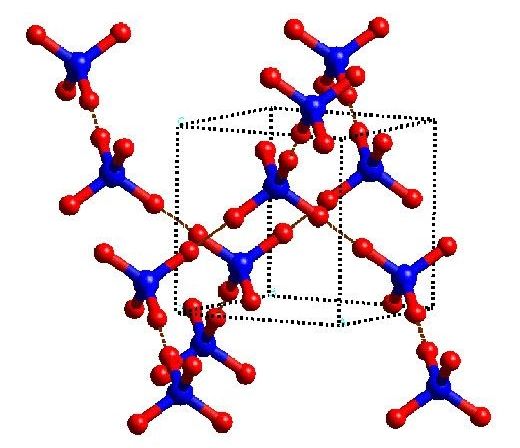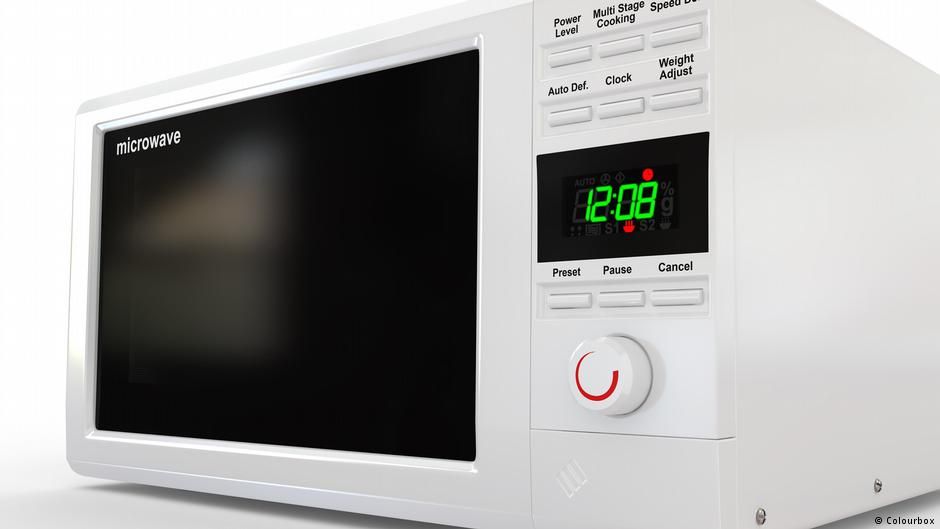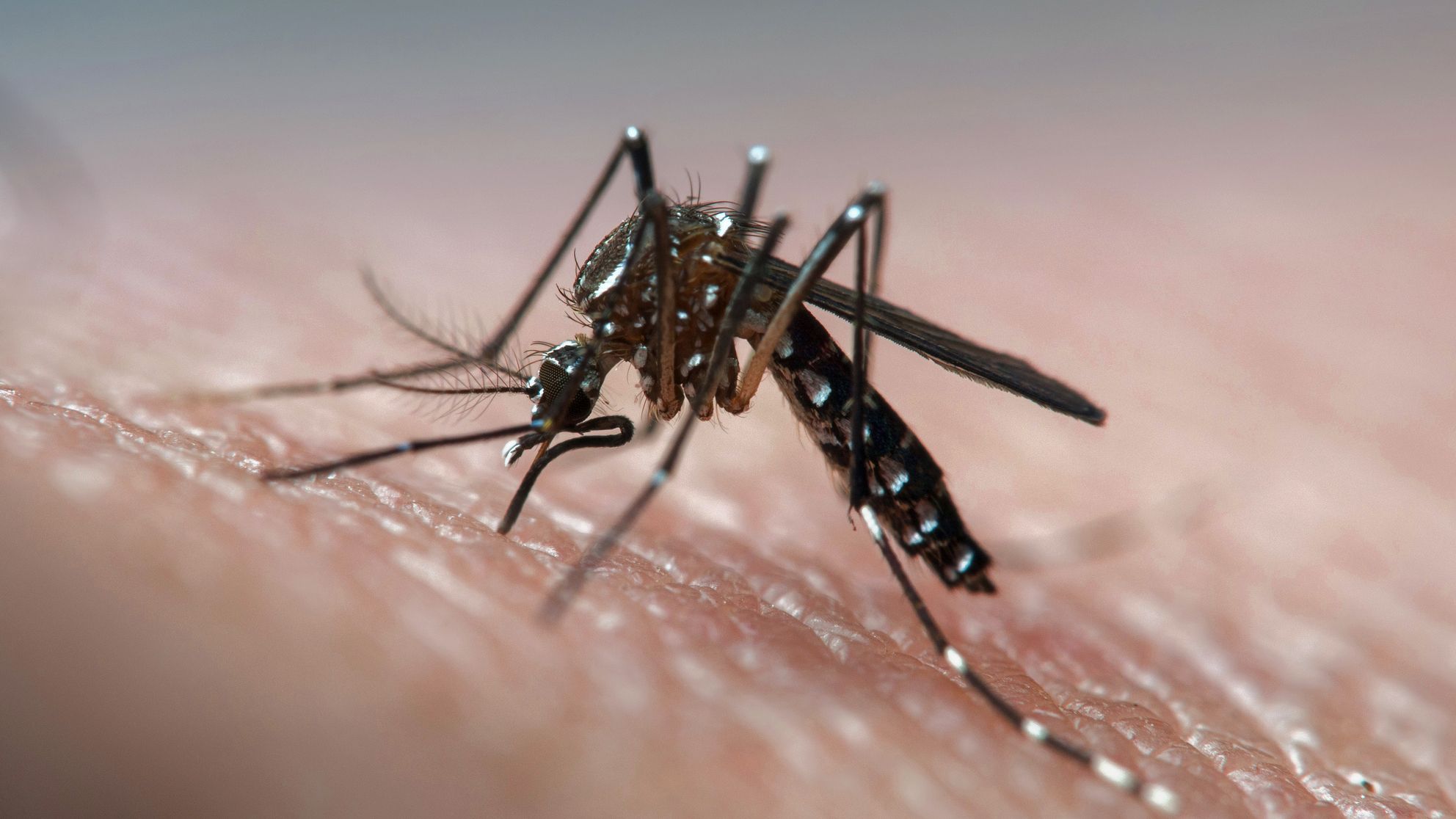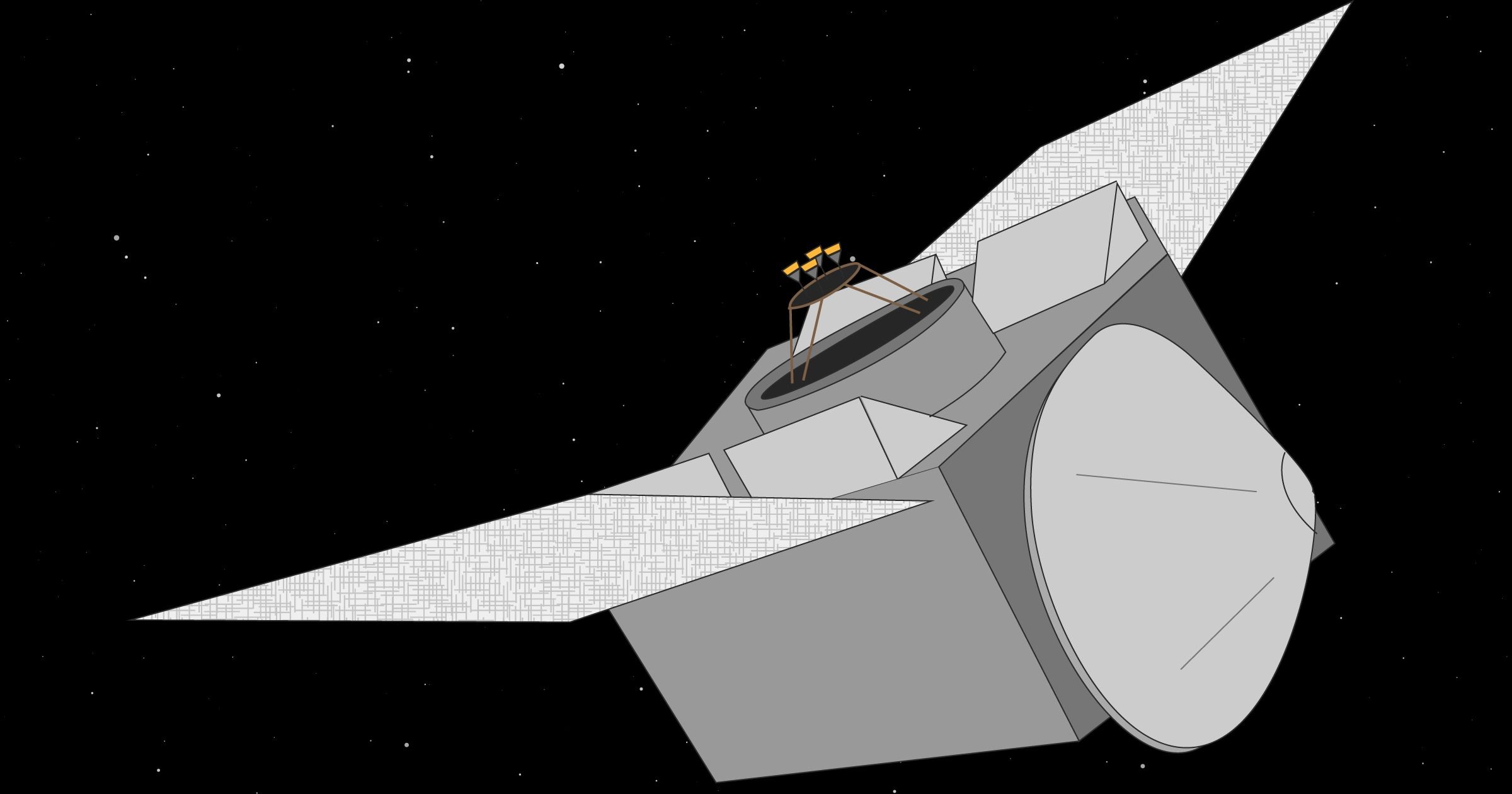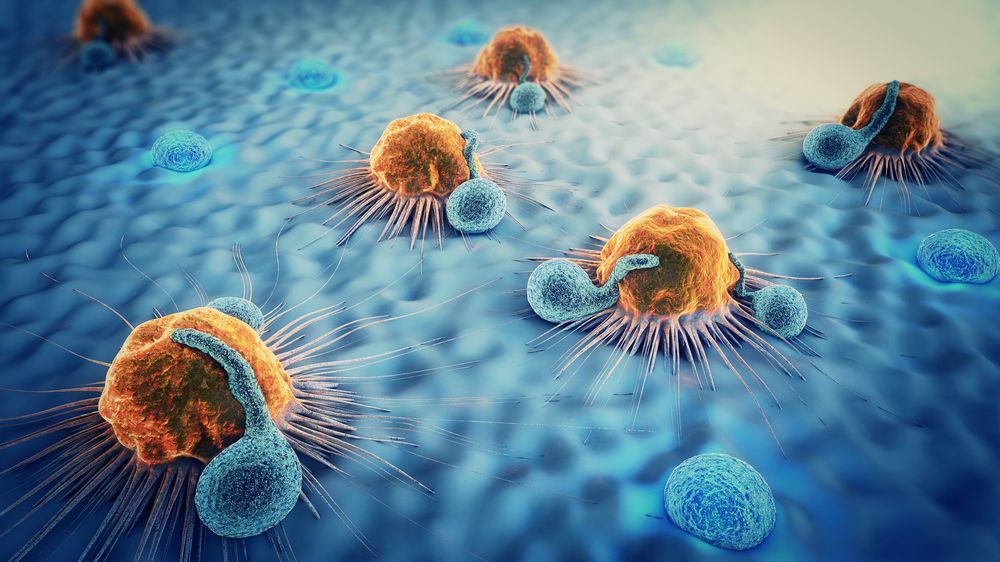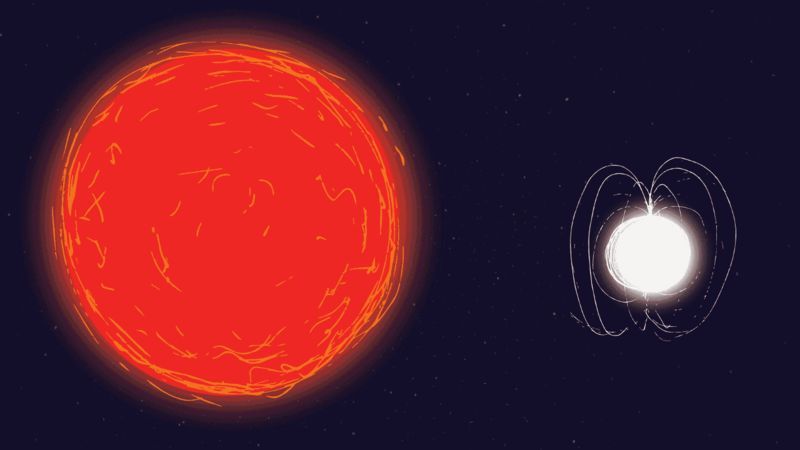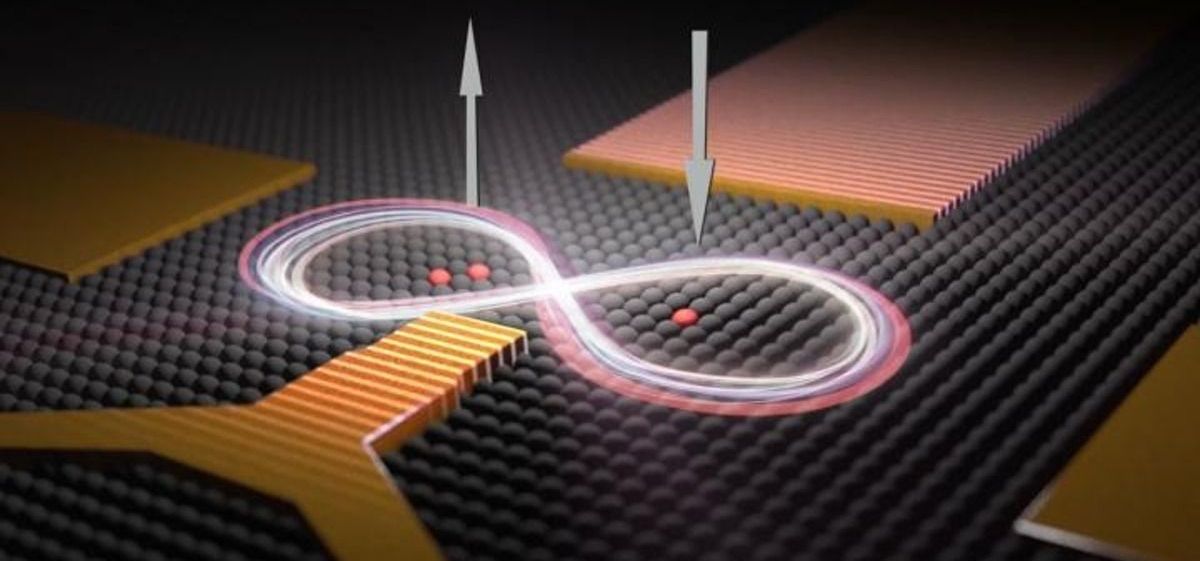Page 9140
Mar 8, 2018
Clocks in Europe are running late because of the Kosovo conflict
Posted by Genevieve Klien in category: energy
For weeks, digital clocks in Europe have been lagging behind. The unexpected source of the problem: Kosovo and Serbia, whose power grid operators can’t find common ground.
Clock radios and timers on microwaves and stoves have gotten out of sync in Europe in recent weeks. The reason: Coordination problems between the power grid operators of Kosovo and Serbia.
Since mid January power companies in Kosovo and Serbia have failed to mutually balance their electricity grids in the case of irregularities. According to the grid codes of the European Network of Transmission System Operators for Electricity (ENTSO-E), they are obliged to maintain a mean frequency of 50 hertz (oscillations per second) and help each other out if necessary.
Continue reading “Clocks in Europe are running late because of the Kosovo conflict” »
Mar 8, 2018
Could mosquitoes deliver malaria vaccines?
Posted by Genevieve Klien in category: biotech/medical
While the idea of using an army of mosquitos to administer vaccines has been considered, we would first need to find a vaccine for malaria.
Thousands of pulsars have been discovered since the announcement of their detection 50 years ago.
Mar 8, 2018
Mining asteroids mining might sound like science fiction, but it’s inching closer to reality—and it could be incredibly lucrative
Posted by Genevieve Klien in categories: energy, space
Sending a spacecraft to the far reaches of our solar system to mine asteroids might seem like an improbable ambition best left to science fiction. But it’s inching closer to reality. A NASA mission is underway to test the feasibility on a nearby asteroid, and a niche group of companies is ramping up to claim a piece of the pie.
Industry barons see a future in finding and harnessing water on asteroids for rocket fuel, which will allow astronauts and spacecrafts to stay in orbit for longer periods. Investors, including Richard Branson, China’s Tencent Holdings and the nation of Luxembourg, see a longer-term solution to replenishing materials such as iron and nickel as Earth’s natural resources are depleted.
Millions of asteroids roam our solar system. Most are thought unsuitable for mining, either because they’re too small, too inaccessible to Earth or because the materials that make up the asteroid have little value. But we know of almost 1,000 asteroids that show potential. Timing is everything, though. The varied orbits of these asteroids mean that many are nearby only once every several years.
Mar 8, 2018
Personalized Cancer Vaccine Enhances Immune Response
Posted by Steve Hill in category: biotech/medical
Researchers at Harvard have described a new cancer vaccine approach that uses an injectable biomaterial scaffold to deliver a payload of tumor-specific peptides that stimulate the immune system to respond rapidly to cancer cells.
Abstract
Existing strategies to enhance peptide immunogenicity for cancer vaccination generally require direct peptide alteration, which, beyond practical issues, may impact peptide presentation and result in vaccine variability. Here, we report a simple adsorption approach using polyethyleneimine (PEI) in a mesoporous silica microrod (MSR) vaccine to enhance antigen immunogenicity. The MSR–PEI vaccine significantly enhanced host dendritic cell activation and T-cell response over the existing MSR vaccine and bolus vaccine formulations. Impressively, a single injection of the MSR–PEI vaccine using an E7 peptide completely eradicated large, established TC-1 tumours in about 80% of mice and generated immunological memory. When immunized with a pool of B16F10 or CT26 neoantigens, the MSR–PEI vaccine eradicated established lung metastases, controlled tumour growth and synergized with anti-CTLA4 therapy.
Mar 8, 2018
Nanoparticles Could Save Lives
Posted by Genevieve Klien in categories: biotech/medical, nanotechnology
A new “drug” uses magnetically-driven nanoparticles to both stop bleeding and reduce blood loss from internal bleeding, which is often fatal.
Mar 8, 2018
Scientists Observe Red Giant Waking Up Neutron Star in a Flash
Posted by Genevieve Klien in categories: energy, space
Neutron stars aren’t the twinkle-twinkle kind you typically see in the night sky. They’re stellar corpses, and incredibly dense sources of gravity, with perhaps 1.5 times the mass of the sun packed into an area less than a dozen miles across. Around 9,000 light years away from Earth, one neutron star seems to have befriended a red dwarf. And scientists observed the new relationship beginning in a flash of energy.
An international team of researchers first spotted what looked like the symbiotic relationship of an old red dwarf star waking up a neutron star on August 13, 2017, using an Earth-orbiting telescope called INTEGRAL. While binary stars are common, lots of things about this finding, from capturing the initial blast that signaled the start of the stellar relationship, were a surprise.
“It was a very exciting find,” study author Arash Bahramian from Michigan State University told Gizmodo, “Especially given that it’s rare to see the start of the process.”
Continue reading “Scientists Observe Red Giant Waking Up Neutron Star in a Flash” »
Mar 8, 2018
Watch: ALMA Telescopes Zoom 1,350 Light-Years into Space
Posted by Genevieve Klien in category: space
Astronomers were able to use powerful telescopes to zoom 1,350 light-years away from Earth into the Orion Nebula. Here’s what they found.
Mar 8, 2018
Quantum Computers Reach Big Milestone With Perfectly-Placed ‘Talking’ Atoms
Posted by Genevieve Klien in categories: computing, particle physics, quantum physics
A group of Australian scientists made reached a major milestone towards building a quantum computer. Here’s how they revolutionized the field.
